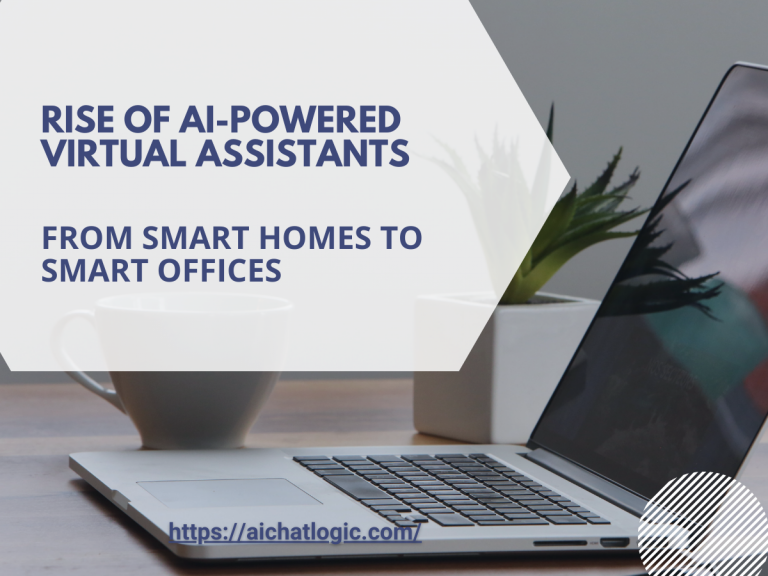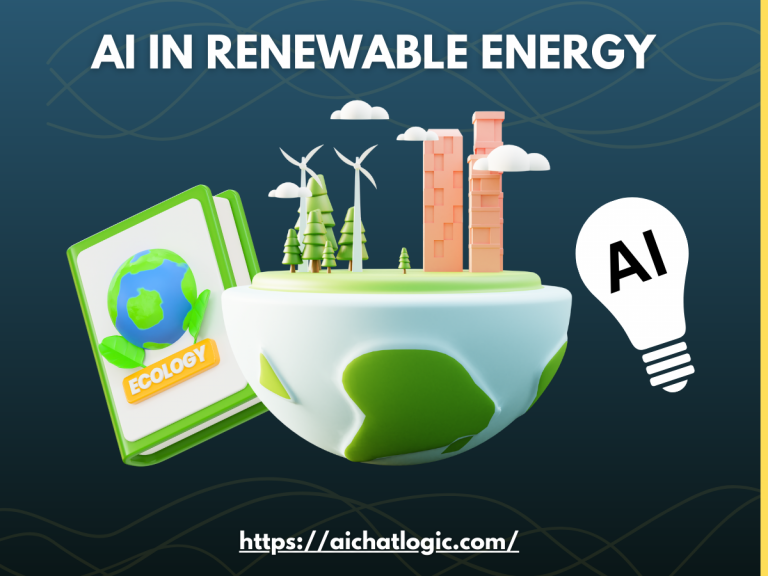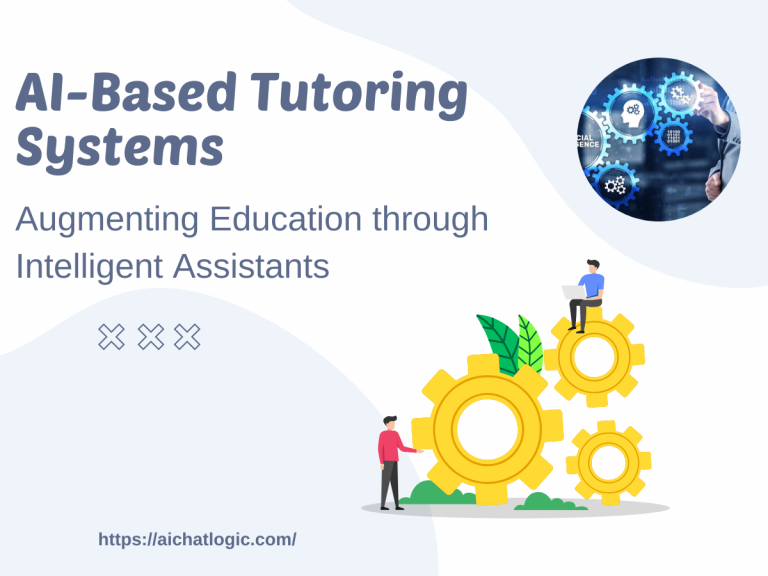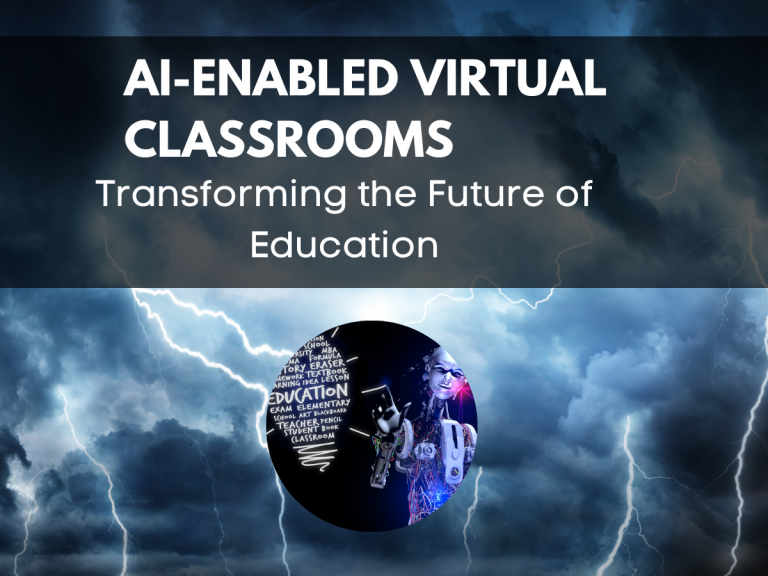1. Introduction: The Rise of Artificial Intelligence
In recent years, the field of Artificial Intelligence (AI) has made significant advancements, challenging the boundaries of human capabilities. AI has permeated various aspects of our lives, from voice assistants on our smartphones to sophisticated algorithms powering recommendation systems. This article explores the power of AI and how it impacts different industries and human potential.
2. Understanding Artificial Intelligence
2.1 Definition and Scope of AI
AI refers to the development of computer systems capable of performing tasks that typically require human intelligence. It encompasses a wide range of technologies, including machine learning, natural language processing, computer vision, and robotics. AI systems can learn, reason, and make decisions based on vast amounts of data.
2.2 AI in Everyday Life
AI has become an integral part of our daily lives. From voice-controlled virtual assistants like Siri and Alexa to personalized recommendations on streaming platforms, AI algorithms continuously analyze data to provide us with convenience and efficiency. AI-powered chatbots assist in customer service, while self-driving cars promise safer transportation in the near future.
3. The Capabilities of AI
3.1 Learning and Adaptation
One of the remarkable capabilities of AI is its ability to learn from data and adapt to new information. Machine learning algorithms can analyze patterns, identify trends, and improve their performance over time. This capability enables AI systems to provide accurate predictions, automate complex tasks, and make data-driven decisions.
3.2 Pattern Recognition and Data Analysis
AI excels at pattern recognition and data analysis. By processing large datasets, AI algorithms can uncover hidden insights and correlations that may not be apparent to humans. This capability has revolutionized fields such as finance, healthcare, and marketing, where AI-powered analytics drive informed decision-making and targeted strategies.
3.3 Automation and Efficiency
AI automates repetitive and mundane tasks, freeing up human resources to focus on more complex and creative endeavors. Robotic process automation (RPA) streamlines workflows, reducing errors and increasing productivity. In manufacturing, AI-driven automation optimizes production processes, leading to higher efficiency and cost savings.
4. The Impact of AI on Industries
4.1 Healthcare
AI has the potential to revolutionize healthcare by improving diagnostics, drug discovery, and patient care. AI algorithms can analyze medical images, assisting in the early detection of diseases. Virtual nurses provide personalized support and monitoring, enhancing patient outcomes. AI-powered systems also enable the analysis of vast medical datasets, leading to insights that aid in the development of new treatments.
4.2 Manufacturing
In the manufacturing sector, AI enhances production efficiency and quality control. Intelligent robots perform complex tasks with precision and speed. Predictive maintenance systems leverage AI to monitor equipment health, reducing downtime and optimizing maintenance schedules. AI-driven supply chain management ensures streamlined operations and cost optimization.
4.3 Finance
AI has transformed the finance industry by automating financial processes, detecting fraudulent activities, and improving investment decisions. Robo-advisors leverage AI algorithms to provide personalized investment recommendations. Natural language processing enables AI-power chatbots to handle customer inquiries and support financial planning.
4.4 Education
AI is reshaping education by providing personalized learning experiences and supporting educators. Intelligent tutoring systems adapt to individual students’ needs, facilitating efficient and tailored learning. AI-power grading systems automate assessments, providing timely feedback to students. Virtual reality and augmented reality enhance immersive and interactive educational experiences.
5. Ethical Considerations in AI Development
5.1 Bias and Fairness
As AI systems rely on data for training, biases present in the data can result in biased outcomes. It is crucial to ensure fairness and address biases to prevent discrimination in AI decision-making. Ethical considerations must be taken into account when designing and implementing AI systems to promote inclusivity and avoid reinforcing societal prejudices.
5.2 Privacy and Security
AI often deals with sensitive data, raising concerns about privacy and security. Safeguarding personal information and ensuring data protection are paramount. AI developers must adhere to robust security protocols and comply with privacy regulations to maintain trust and prevent unauthorized access to sensitive data.
5.3 Human-AI Collaboration
As AI systems become more capable, collaboration between humans and AI becomes essential. Establishing clear guidelines for human-AI interaction and understanding the limits of AI’s capabilities is crucial. This collaboration can harness the strengths of both humans and AI, leading to enhanced decision-making and problem-solving.
6. AI and Human Potential
6.1 Complementary Partnership
AI is not meant to replace humans but to work alongside them. The collaboration between humans and AI unlocks new possibilities and amplifies human potential. By offloading mundane tasks to AI, individuals can focus on complex, creative, and strategic endeavors that require human ingenuity and empathy.
6.2 Augmentation of Human Abilities
AI can augment human abilities by providing tools and insights that amplify human cognitive capacities. For example, AI-power language translation tools bridge language barriers, enabling effective communication across diverse cultures. AI-based diagnostic tools assist doctors in making accurate medical diagnoses, improving patient outcomes.
6.3 Unleashing Creativity and Innovation
AI’s ability to analyze vast amounts of data and identify patterns can inspire creativity and innovation. By uncovering hidden insights and predicting trends, AI can provide valuable inputs for artists, designers, and inventors. It serves as a source of inspiration and a catalyst for novel ideas, pushing the boundaries of human creativity.
7. Overcoming Challenges in AI Adoption
7.1 Education and Upskilling
As AI continues to advance, there is a growing need for education and upskilling to prepare individuals for the changing job landscape. Promoting AI literacy and providing opportunities for reskilling and upskilling can power individuals to adapt to the evolving demands of the AI-driven world.
7.2 Employment Disruption
The widespread adoption of AI may disrupt certain job sectors, leading to job displacement. It is essential to proactively address this challenge by reimagining work roles, promoting entrepreneurship, and facilitating the transition to new industries. Governments and organizations must invest in retraining programs to mitigate the impact of automation on the workforce.
7.3 Regulation and Governance
AI development must be guided by ethical frameworks and robust regulations to ensure responsible and accountable use. Governments and organizations need to establish guidelines for AI development, deployment, and data privacy. Collaboration between policymakers, industry experts, and researchers is crucial to strike a balance between innovation and ethical AI practices.
8. The Future of AI: Opportunities and Limitations
The future of AI holds immense opportunities for advancements in various fields. From personalized medicine to smart cities, AI has the potential to transform society positively. However, it is essential to acknowledge the limitations of AI and address challenges such as ethical concerns, bias mitigation, and the need for human oversight to maximize the benefits of AI technology.
9. Conclusion
AI has emerged as a power tool that challenges human capabilities. Its ability to learn, analyze data, and automate tasks has transformed industries and opened new horizons. By embracing AI as a complementary partner, we can unlock human potential, unleash creativity, and address complex challenges. However, responsible development, ethical considerations, and continuous upskilling are vital to harness the full power of AI for the benefit of humanity.
FAQs (Frequently Asked Questions)
Q1: Can AI completely replace human intelligence?
No, AI is designed to complement human intelligence, not replace it. While AI can automate certain tasks and provide valuable insights, it lacks human qualities such as creativity, empathy, and intuition. The collaboration between humans and AI unlocks the full potential of both, leading to more effective and innovative solutions.
Q2: What are the risks of biased AI algorithms?
Biased AI algorithms can perpetuate and amplify existing societal biases, leading to unfair and discriminatory outcomes. For example, biased facial recognition systems may misidentify individuals based on their race or gender. It is crucial to address biases in AI algorithms by ensuring diverse and representative datasets and employing rigorous testing and validation processes.
Q3: How can AI benefit the education sector?
AI offers various benefits to the education sector. It enables personalized learning experiences, adaptive tutoring, and automated assessments. AI-powered educational tools enhance engagement and provide tailored support to students. Additionally, AI can facilitate administrative tasks, freeing up educators’ time to focus on individual student needs and fostering a more efficient and effective learning environment.
Q4: What role does AI play in data analysis?
AI plays a pivotal and indispensable role in data analysis, where it excels in uncovering intricate patterns, discerning emerging trends, and extracting valuable insights from vast and complex datasets. With unrivaled computational power and speed, AI algorithms have the capacity to process and analyze data on a scale that surpasses human capabilities. This remarkable capability empowers organizations to make well-informed, data-driven decisions, devise targeted strategies, and gain a distinctive competitive edge in a multitude of industries. By harnessing the potential of AI, businesses can unlock invaluable opportunities and chart a course towards unparalleled success and growth.
Q5: How can AI contribute to addressing environmental challenges?
AI can contribute to addressing environmental challenges by optimizing resource management, predicting natural disasters, and enabling more sustainable practices. For example, AI algorithms can analyze sensor data to optimize energy consumption in buildings, reducing carbon emissions. AI-powered models can also improve climate change predictions, helping policymakers develop effective mitigation strategies.












+ There are no comments
Add yours